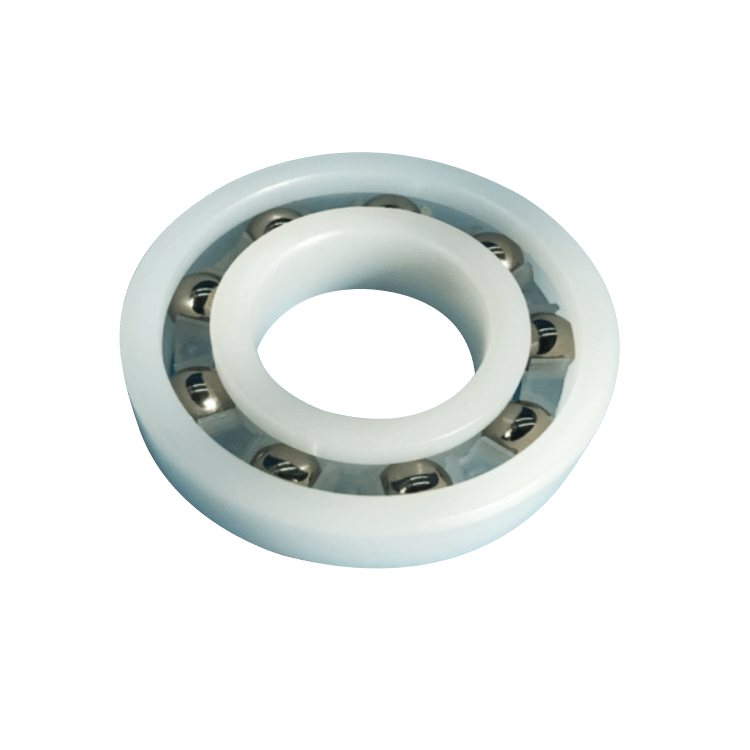Welcome to Tarso, professional special bearing manufacturer
Types and Uses of Roller Bearings Generally speaking, a […]
Types and Uses of Roller Bearings
Generally speaking, a roller bearing is a bearing that is made of a steel carrier that holds rollers and a cage. The rollers are made of hardened steel spindles, and the cage is made of steel, machined bronze, or polymer. Depending on the application, these components can be separable or mounted on the bearing.
Different types of roller bearings are used for different applications. They can be cylindrical, spherical, or tapered. They can also have crowned or floating ends. They are usually made of alloy steel, which is either through-hardened or carburized after machining.
These are designed to provide a certain amount of torque and friction. They are available in single-row and multi-row designs. A roller bearing can be spherical, tapered, or cylindrical, and they can be grease- or oil-lubricated. They can be used with radial or axial loads. They are typically designed to meet the requirements of specific industries.
Roller bearings are constructed to carry a large amount of load. Their cylindrical dimensions make them appropriate for machinery with tight tolerances. They can also be used in high-speed applications. Cylindrical roller bearings have a moderate thrust load capacity. A tapered roller bearing has a steeper taper of the rollers, which increases their axial load capacity. They are especially suitable for combining radial and axial loads. They are favored for these applications because the rolling element is confined in a single cage.
These rolling-element bearings are typically manufactured from low carbon and alloy steels. These materials are either through-hardened or case-hardened by conventional heating methods. The case-hardened steel has a tough ductile core. Some applications require a thoroughly hardened high carbon bearing quality steel.
Several factors can cause a roller bearing to fail. They can be the result of manufacturing errors, off-centric loads, and externally imposed moments. In addition, small defects in the materials can be responsible for bearing failure. Various charts are available to help designers choose the proper bearing for a particular application.
When a roller bearing fails, it is usually because of fatigue. This occurs when the bearing is subjected to repeated loading. The fatigue limit is entered into the calculations to determine the lifetime of a bearing. It is also possible to detect abnormal bearing conditions from normal conditions.
Another cause of bearing failure is a lack of a lubricant wedge. Without an oil wedge, localized heating can occur. When a journal is thermally expanded more quickly than the bearing housing, it may develop hot spots. These spots can lead to thermal bends.
These failures can be avoided by selecting a lubricant that is well suited to the application. The lubricant's temperature and the bearing's load are factors in determining the best lubricant. It is also important to consider shielding or shielding material. Some lubricants are oil-based while others are water-based. A lubricant's durability is affected by other factors, such as abrasion and vibrations. It is also possible to have a bearing refurbished to save money on replacement parts.

Structure & Size Range Of UPE Anti-Acid & Alkali Plastic Bearing
Rings: UPE
Rolling Element: AISI 304 ball
Cage: PE
Size Range: ID3mm or up